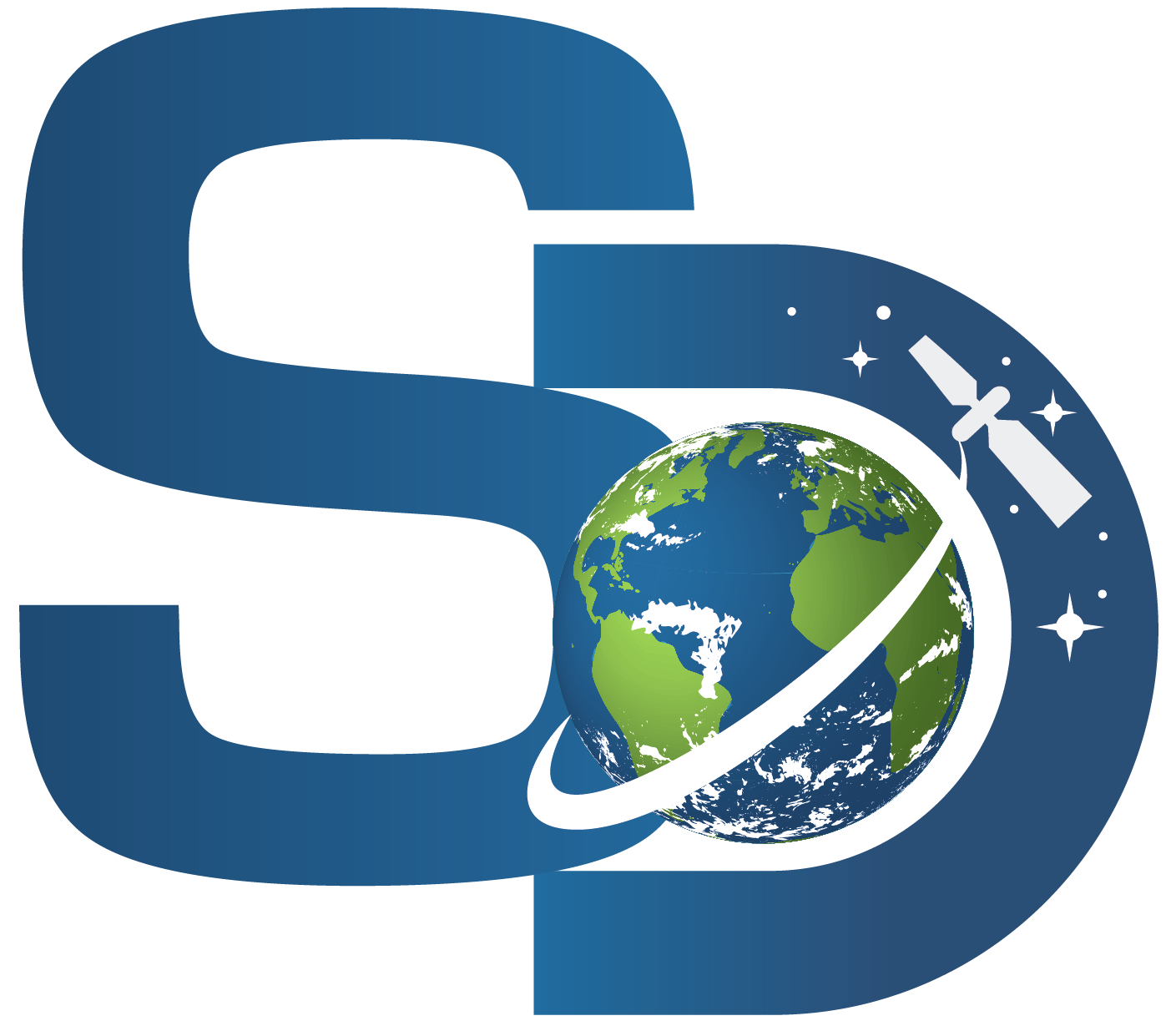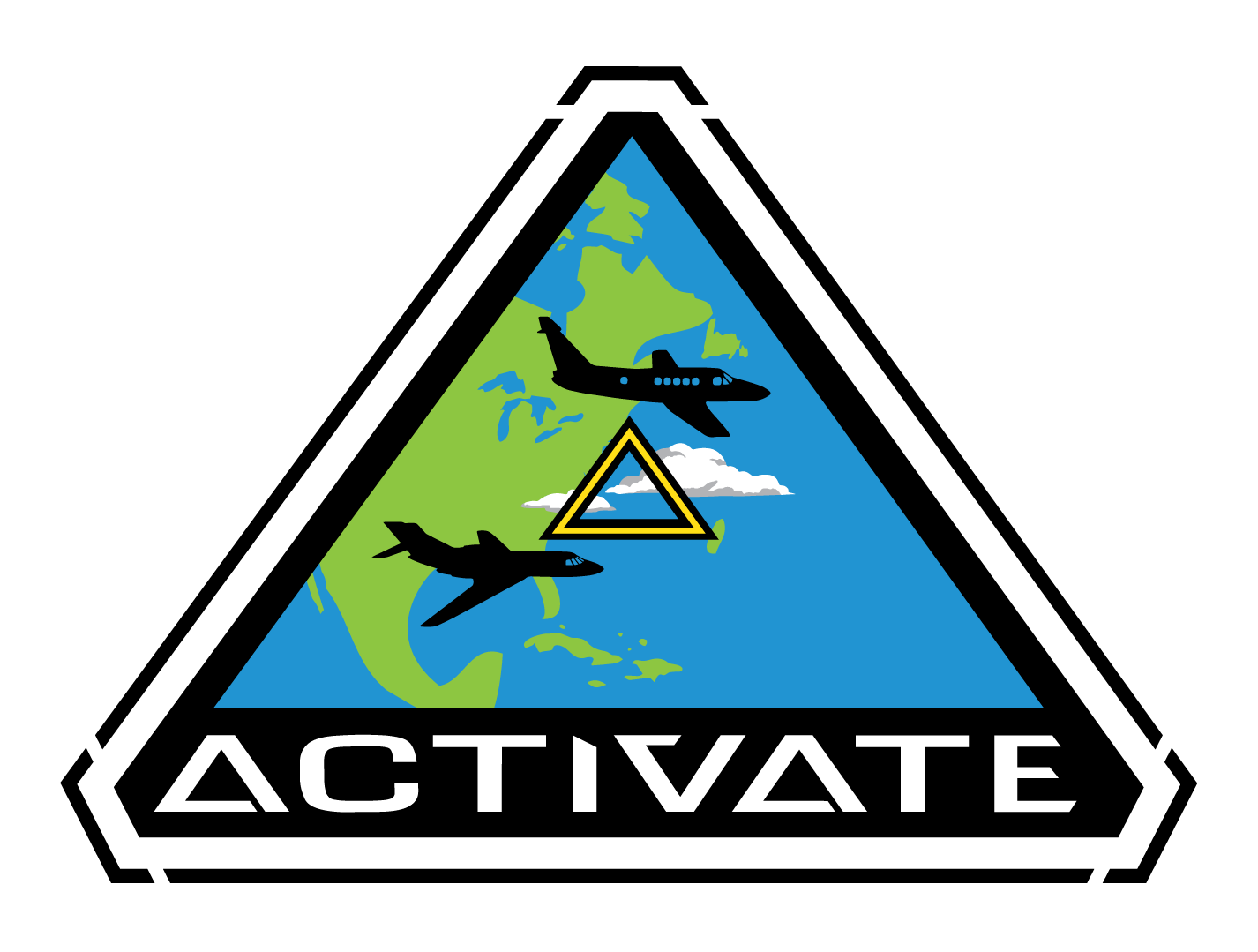Lunar Reflectance.
One of the most challenging tasks in remote sensing from space is achieving instrument calibration accuracy on-orbit. The Moon is considered to be an excellent exoatmospheric calibration source. In fact, SeaWiFS, launched in the late 1990’s, was the first spaceborne sensor to make full use of Moon imaging for on-orbit radiometric performance.
Unfortunately, the current accuracy of the Moon as an absolute reference is limited to 5 – 10%, meaning that the inadequate accuracy of absolute lunar irradiance values causes mission operators to cite the risk of lunar maneuvers as exceeding the benefits of using the Moon as a reference.
ARCSTONE is a mission concept that provides a solution to this challenge. An orbiting spectrometer flying on a small satellite in low Earth orbit (LEO) will provide lunar spectral reflectance with accuracy sufficient to establish an SI-traceable absolute lunar calibration standard for past, current, and future Earth weather and climate sensors.
After launch, ARCSTONE will leverage existing NASA assets by using the Total and Spectral Irradiance Sensor (TSIS) observations – accurate Spectral Solar Irradiance (SSI) – for SI-traceable and spectral calibration of the ARCSTONE instrument on orbit.
Spectral measurements of lunar and solar irradiance are required to retrieve reflectance of the Moon with a spectral range of 350 nm to 2300 nm and a spectral sampling of 4 nm.
The ARCSTONE mission’s goal is to achieve < 1.0%(k = 2)
absolute accuracy for spectral lunar reflectance. Daily observations over 3 years are needed to cover minimum required libration space.
This animation shows what the changing view of the Moon looks like when a month is compressed into 24 seconds.
The wobble is called libration. Animation credit: Scientific Visualization Studio.
- Collaborating with the Global Space-based Inter-Calibration System (GSICS) community, the ARCSTONE mission will provide the data necessary to establish the international standard for absolute lunar calibration.
- Establishing highly accurate Earth climate observations is estimated to have an economic impact at ~ $12T over 40 to 60 years1. The use of ARCSTONE’s highly accurate spectral measurements on Earth observations will contribute to this economic impact.
-
Improving the performance and impact of past (SeaWiFS), current (Moderate Resolution Imaging Spectroradiometer (MODIS), Visible Infrared Imaging Radiometer Suite (VIIRS)),
and future Decadal Survey missions – Plankton, Aerosol, Cloud, ocean Ecosystem (PACE), Climate Absolute Radiance and Refractivity Earth Observatory (CLARREO), and the Advanced Composition Explorer (ACE).
Here you can find a list of instruments with lunar observation capabilities from the 2014 GSICS Lunar Calibration Workshop. - 1Cooke et al., “Value of Information for Climate Observing Systems,” Environ. Syst. Decis., 12 pp., 2014.
Currently, the ARCSTONE instrument is at TRL 3. The instrument breadboard was assembled, tested, and characterized at NIST in April 2016.
Initial flight instrument design is complete. The mission will be ready for launch three years from its start date.

